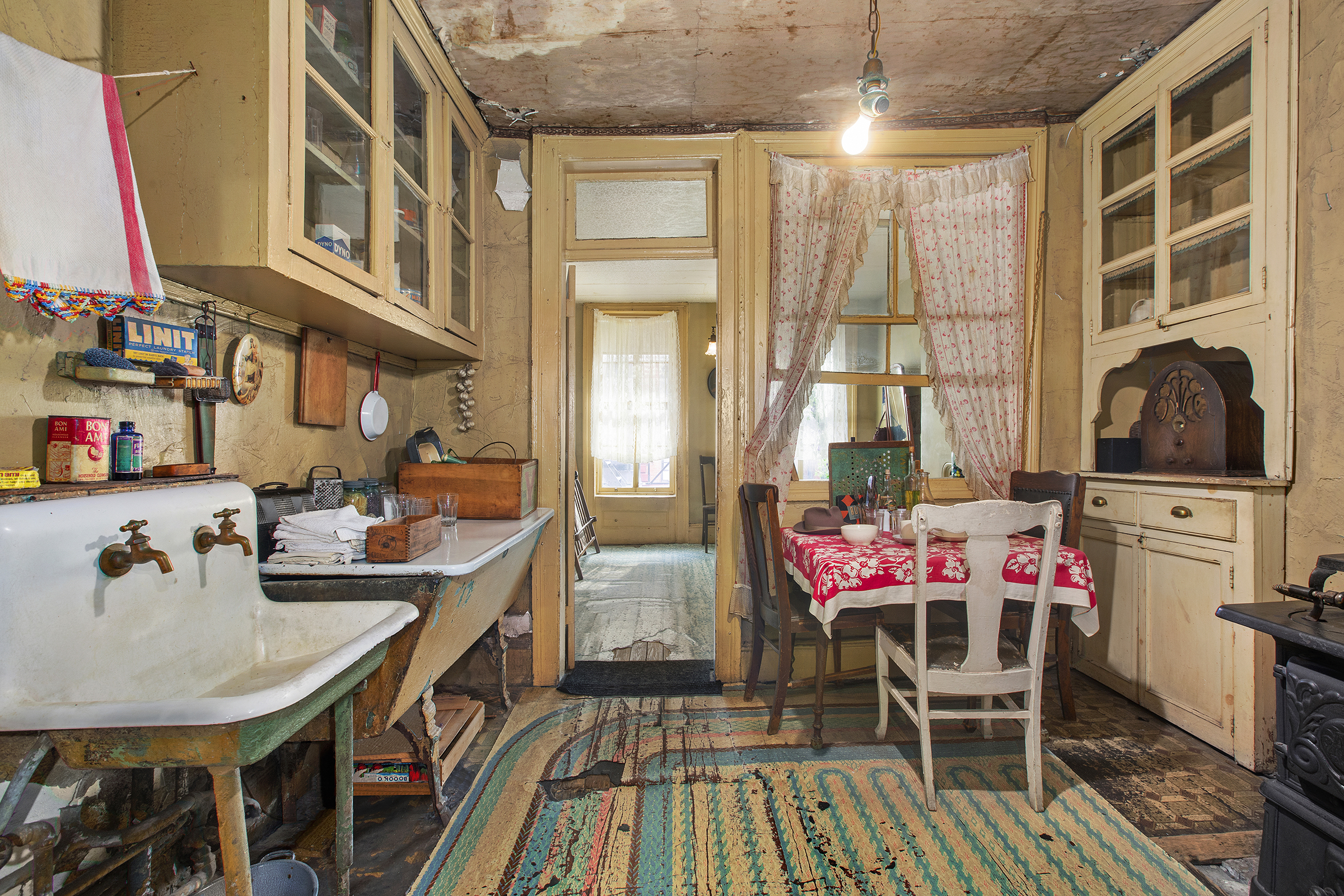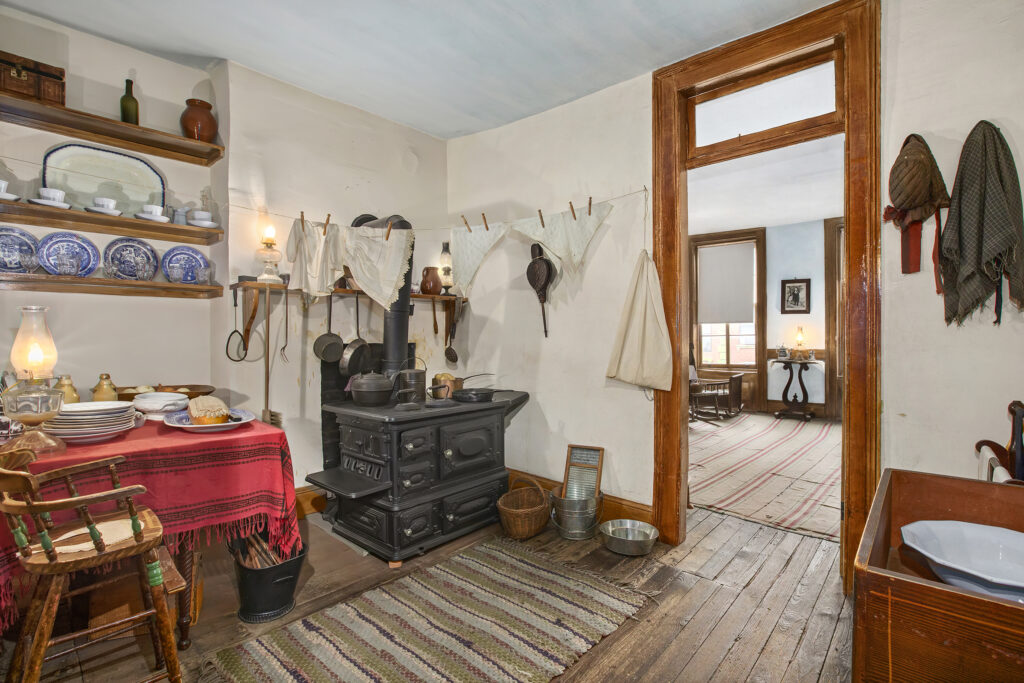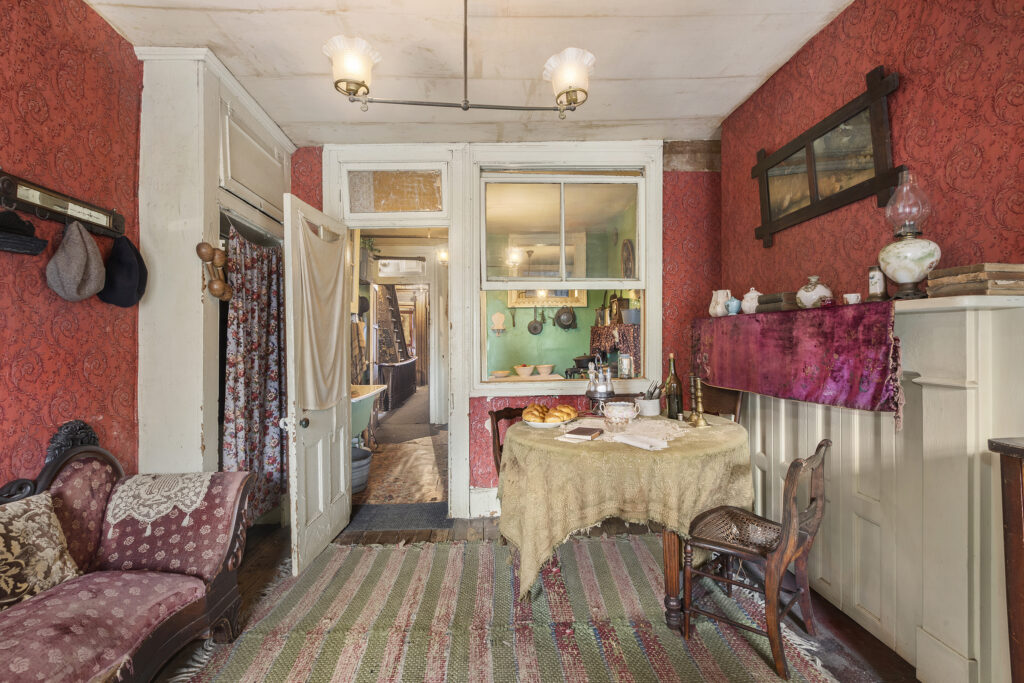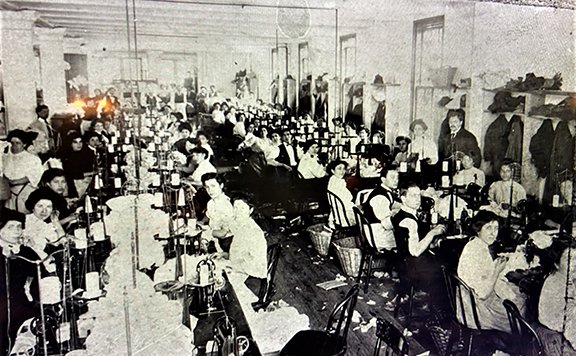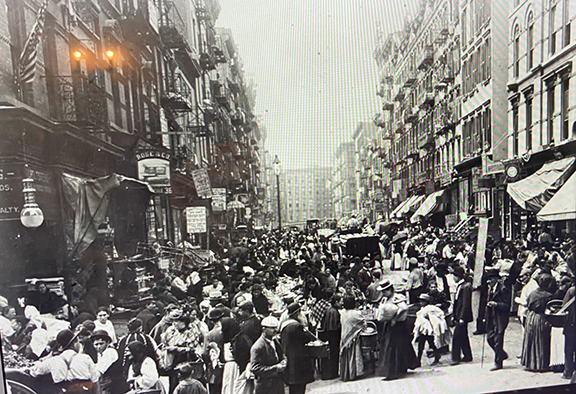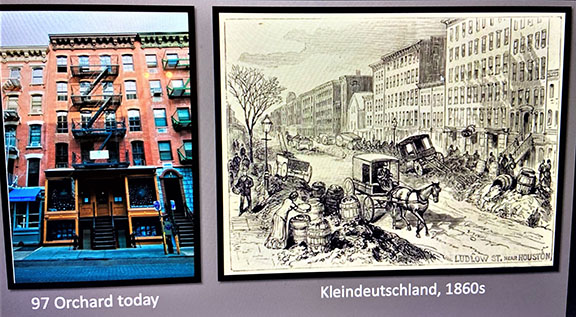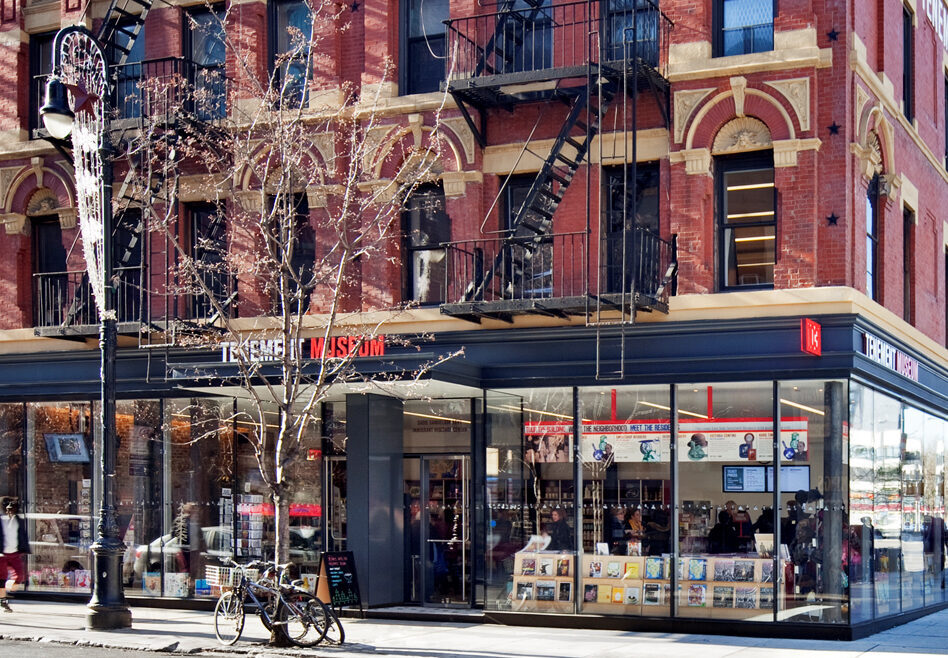While many house museums in America present the lives of famous or wealthy individuals, the Tenement Museum on New York City’s Lower East Side has a different, equally important mission. It preserves the modest apartments of ordinary immigrants and migrants from around the world who sought to create a better life and community for themselves in New York from the 1860s to the 1970s. Today, with immigration a central issue, the museum’s role in interpreting the importance of immigration in building American identity by exploring the lives of real immigrants is more vital than ever. And despite the Covid-19 pandemic, this small cultural institution has big plans.
The Tenement Museum’s story began in 1988 when historian Ruth Abram and social activist Anita Jacobsen learned about 97 Orchard Street, a run-down tenement, or apartment building, from the 1860s that had been closed since 1935. The ruined state of its 22 apartments and storefront made it a kind of time capsule. Investigation turned up material evidence of some of the estimated 7,000 people from around 20 countries who lived there during the neighborhood’s peak as a hub for new immigrants. Research into real people became the basis for recreating apartments—and a German beer saloon—from eras from the 1860s to the Great Depression.
The museum also owns 103 Orchard Street, a building from 1888 with a visitor center, store, and bookshop. It contains recreated apartments including one of a family from Puerto Rico that lived there in the 1950s and one of a family from Hong Kong that worked in Chinatown’s garment industry in the 1960s. In all, the museum presents the stories of 10 families.
Exploring the Tenement Museum
In 2020, the pandemic closed the Tenement Museum (check the website for updates), eliminating 75 percent of the ticket and shop income from more than 275,000 visitors annually that was its major revenue source. Fortunately, government programs and some successful appeals to donors have partially offset this. In addition, the museum had been working on digital programming, including a distance learning program for students.
The result is that since March 2020, 75,000 people have attended virtual public or private tenement tours, YouTube programs, and virtual field trips. Online programs such as topical digital exhibits will remain important after the pandemic, too. As Jamie Salen, Senior Director, Marketing and Communications, has said, “It had been part of our strategic plan to bring the Tenement Museum experience to people all over the country who might never visit New York City, so the silver lining here was the opportunity to focus on that.”
Visitors to the physical museum sign up for guided tours of apartments or theme tours. Typically, six building tours and four walking tours are scheduled, with some thematic tours, such as Love at the Tenement, offered monthly. During the pandemic, a limited number of neighborhood walking tours are available. In addition, excellent hour-long live, interactive online tours (reservations needed) include explorations of a particular family’s life and apartment, with attendees answering questions from the presenter and asking questions.
One online tour tells the story of Bridget and Joseph Moore, Irish immigrants who lived at 97 Orchard in the 1860s when the area was a largely German American neighborhood. Photos show what life was like in rural Ireland versus the crowded city they had to adapt to. Visual aids like videos of the 325-square-foot, three-room apartment; census records; recorded songs; and cartoons convey the challenges immigrants faced, from sanitation issues to prejudice against Irish Catholic workers. They also invite comparison with issues immigrants face today.
Another tour focuses on Fannie and Abraham Rogarshevsky, who left Lithuania because life was not safe for Jews. They and their six children lived in a three-room apartment at 97 Orchard during the 1910s. By then, the Lower East Side had a large Jewish population, and the tour explores concerns of maintaining religious traditions in America as well as the realities of the garment industry when workers were not properly protected. A different tour explores the stories of Adolpho and Rosaria Baldizzi, who came from Sicily in the 1920s and lived at 97 Orchard with their two children until the building was condemned in 1935. Recorded interviews with Josephine, the couple’s daughter, convey immigrants’ challenges in working during the Depression.
School visits are important to the Tenement Museum, with 55,000 students visiting annually. Online learning options, expanded during the pandemic, include in-depth teacher resources, lesson plans, and virtual field trips. The museum also offers free workshops, called Virtual Shared Journeys, for ESOL (English for Speakers of Other Languages) students of various ages in New York City.
Looking Ahead: 2021 and Beyond
Despite the pandemic, the Tenement Museum has plenty planned for 2021, including the arrival of a new president, Dr. Annie Polland. In spring, it will launch Reclaiming Black Spaces, a walking tour created with the African Burial Ground National Monument in New York that explores Black and African American historical sites in the Lower East Side and Lower Manhattan from the 17th century to today. Later in 2021, stabilization of the 97 Orchard Street building will begin, as well as the creation of a new apartment exhibit about the life of Joseph and Rachel Moore, a Black family. Hopefully, the museum will reopen soon for public visits; until then, online tours and events focusing on the meaning of the immigrant experience are well worth a visit.
Side Dish
During the pandemic, delicious takeout options are available near the museum if you’re taking a walking tour or exploring on your own. Do check hours in advance. Russ & Daughters Cafe at 127 Orchard Street serves Jewish “appetizing” fare including smoked fish like salmon; bagels and bialys; salads; and dairy dishes. Russ’s shop, a tradition since 1914, is at 179 East Houston Street. Katz’s Delicatessen at 205 East Houston Street has tempted diners with Jewish deli classics like huge corned beef and pastrami sandwiches since 1888. To sample world cuisine from Italian to Mexican to Japanese, choose a treat from a vendor at Essex Market, a historic market in a new space at 88 Essex Street.
Linda Cabasin is a travel editor and writer who covered the globe at Fodor’s before taking up the freelance life. She’s a contributing editor at Fathom. Follow her on Instagram and Twitter at @lcabasin.

